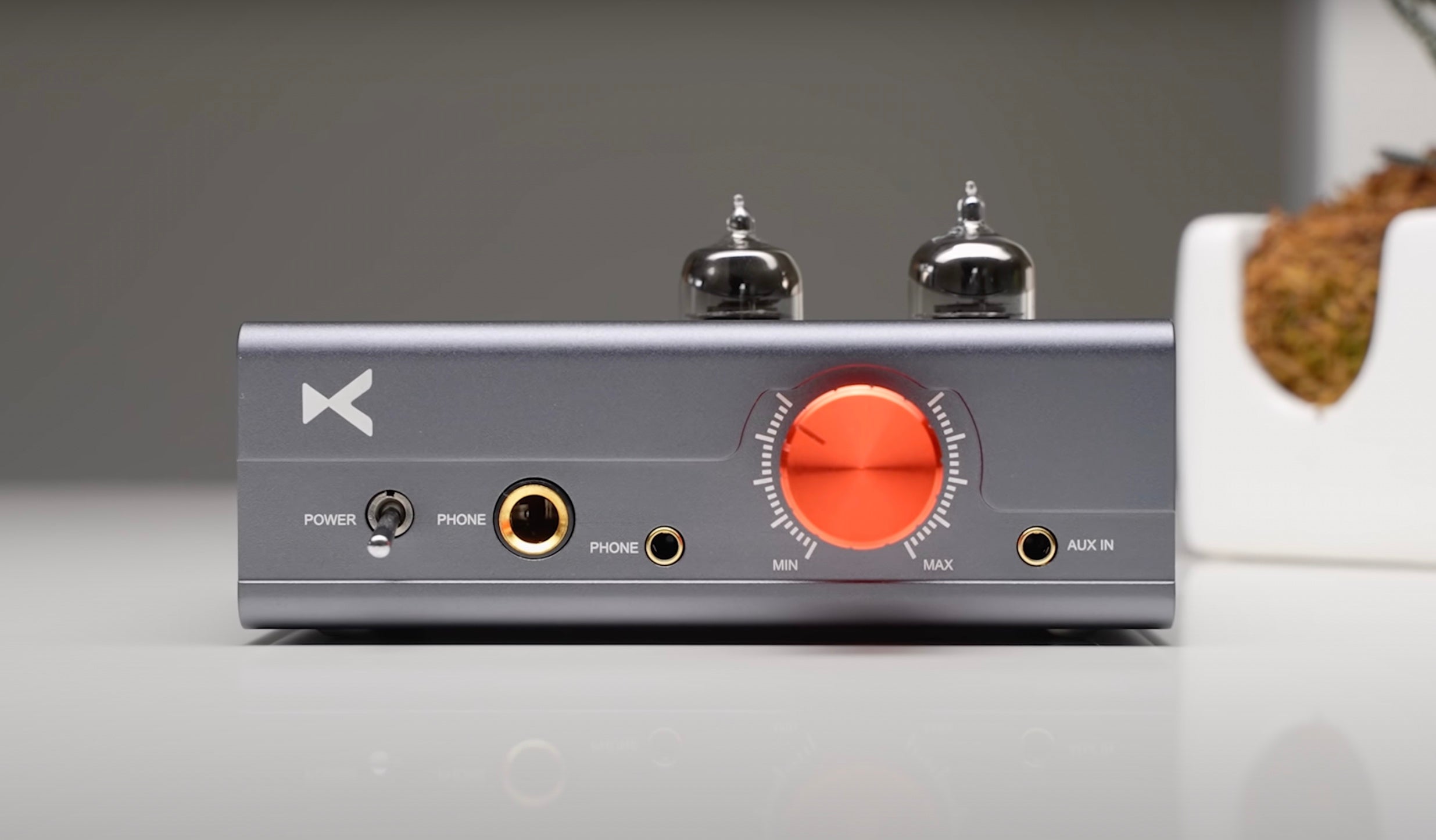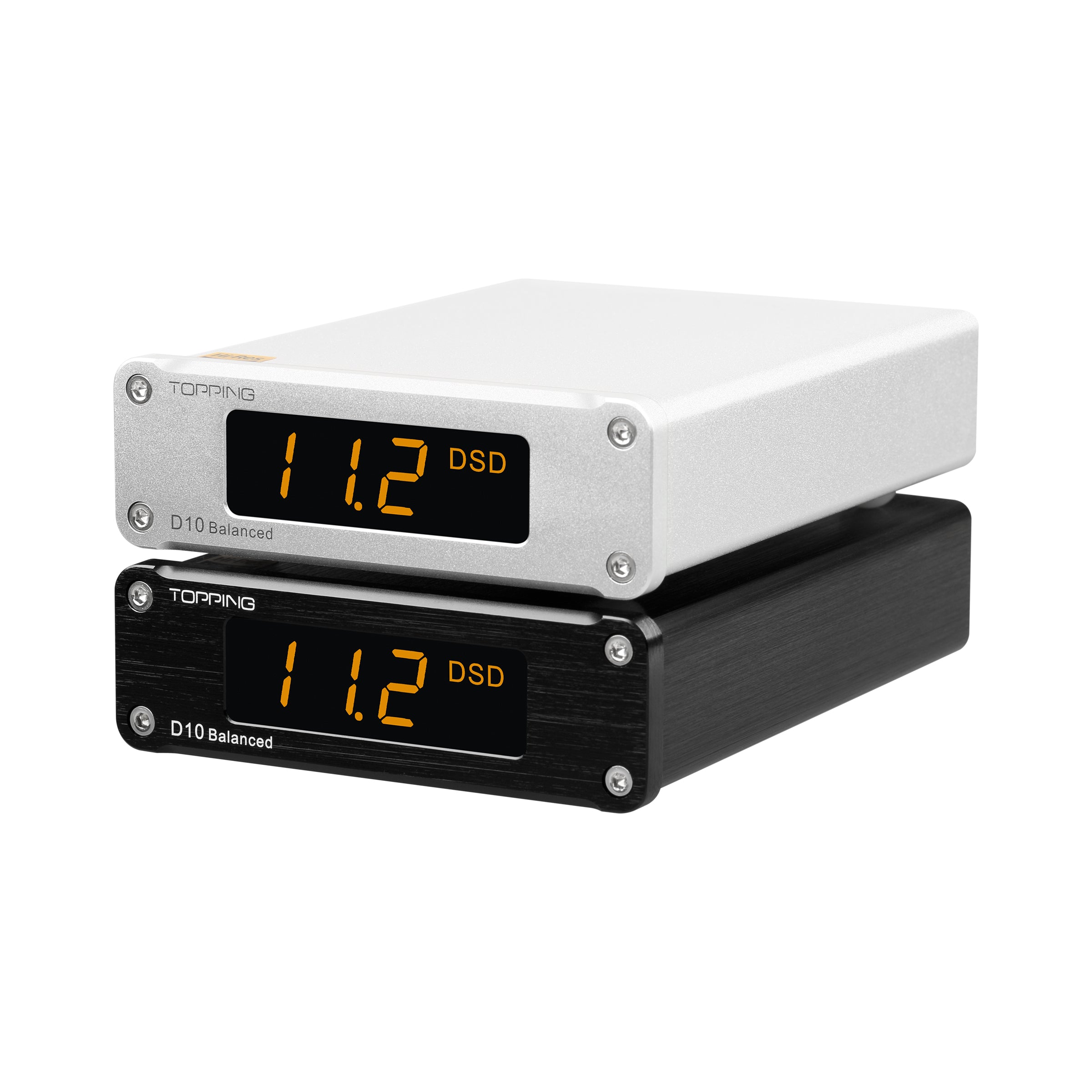
The $80 IEM With $500 Sound: DMS Reviews the Moondrop Aria
Note: This article is based upon the video "I thought this IEM was $500...It’s $79!!!”” made by DMS on his YouTube channel and is printed here in partnership with DMS. The review was originally posted on July 12th, 2021. Edits have been made for clarity and length.
Can you get a $500 IEM sound for $79? Just ask YouTube reviewer DMS, who put the budget Moondrop Aria through its paces on his YouTube Channel.
“The timbre of the Aria is fantastic,” he said. “I thought this was like a $500-700 IEM when I was listening to it and testing it. Surprise to surprise: it’s cheap!”
Watch the full video below or scroll on for a lightly edited transcript.
Intro

Now, honestly, when these IEMs came in, I thought they were $500-700 IEMs. I’ve gotten a lot of things in that price range recently to test out, and these seem like anything else at that price point, which I guess is a spoiler for a lot of what’s to come in this review.
These are less than $80. IEMs have come a long way in the last few years, and these are really comparable to the Moondrop Starfield, which is extremely popular. The main key differences are really how it looks, a little bit about how it fits (but that doesn’t really change too much), and a small, small change in the sound.
Build

The Aria is built very, very nicely. It has this metal enclosure, which is very, very smooth and soft to the touch. It has a nice-looking, minimal black and gold pattern on it. The really nice thing about this is that the nozzle isn’t too huge. It’s actually a fairly small nozzle. With a lot of IEMs you have the problem that the nozzle is too big and--regardless of tip size--you can’t comfortably fit them in your ears.

The Arias, however, are definitely small enough that regardless of tip size I can fit them in my ear very easily. These use a standard 2-pin connector. It’s very easy to put in and pull out, so if you want to change out the cable, it’s no problem at all. They’re very light. This is not a heavy IEM. It doesn’t have a very big footprint. I’m picky about how an IEM feels in my ears, and these are very, very comfortable.

This cable is a soft, braided cable. It does have some texture to it, but luckily it’s very easy to flop around. It’s not super weighty. It doesn’t have a lot of memory to it. I’m a big fan of this cable. And it’s not too long. Fitting a phone in my pocket or a DAP or something like that wouldn’t be a problem. A very lightweight braided cable like this is definitely a big win in my book.
And then of course on the other end we’re terminating in 3.5mm. This is a standard little metal connector on the end. It does feel reasonably durable, and there is a good stress-relief on it, so it doesn’t seem like this is going to wear too quickly. But I can’t say. I’ve been using this IEM for probably 2.5 months now, and I’ve seen virtually no wear on either end of the cable.
Sound

Moondrop Aria is a lot like the Starfield in sound, but it’s a little bit warmer (just barely) and a hair smoother in treble. You also get a slight difference in presentation, but for the most part they’re very similar IEMs.
I bet that if you have the Starfield and you put the Aria on a week later you probably wouldn’t know the difference. Now, side by side, sure. But really, from memory? They’re very similar. They even measure very similarly. If you look crinacle’s graph from In Ear Fidelity, the two IEMs are nearly identical.

One of the main differences between the two is in their staging presentation. Aria is a little bit wider, but Starfield, while more intimate, has slightly better imaging. But I think that this helps play into Aria’s sound signature being a little bit more relaxed, warm, spacious, and smoother in the treble.
The Aria’s just an overall more pleasant IEM than the Starfield, at least to me personally.
I can listen to this for a lot longer and still enjoy it. Now the Aria does have a little bit of extra bass over an over-ear headphone or your typical IEM--not crazy booming bass, but it is definitely punchy, definitely very deep, very well-extended. If you listen to bass-heavy music, it can be a bit much sometimes. But it’s never as much bass as like an i300 or and i900. It’s definitely more bass than something like my reference over-ears, like the 650s or the 6XX.

With the treble balance on these, they sound less warm than the 6XX does. I know that’s not an IEM, but it’s a really good reference point. Let’s be honest. Most people have heard the 6XX.
The timbre of the Aria is fantastic. Like I said, I thought this was like a $500-700 IEM when I was listening to it and testing it. Surprise to surprise: it’s cheap!
Now, if I listened side by side with something like the Kinera Nanna, the Nanna definitely has more detail overall than the Aria. But man! Does it get close. I do find the tuning of the Kinera Nanna to be just a little bit more pleasing. It’s not quite as bassy. It’s got a bit more of a smooth midrange. But the Nanna is a lot more expensive than this. You could buy ten pairs of the Moondrop Aria for the price of the Kinera Nanna.
The vocal clarity’s fantastic. If I use this with Dolby Atmos tracks, which have a tendency to push vocals back in the mix, they don’t seem to lose their place. It’s still very easy to tell what someone’s saying. The enunciation’s there. It’s very well articulated no matter the distance with vocals.
I would say that the decay is not quite as fast as very, very expensive IEMs in the $700+ price range. But the attack feels on par with the things in the $500-700 range. I feel like it’s a very cohesive sound.
Everything’s tied well together, because this is a single, full-range 10mm dynamic driver. You’re not having to balance crossovers with a lot of balanced armatures or anything like that. And that’s probably what plays to its timbre so well. And that’s probably what makes it sound as natural as it does.
Power

These are super, super easy to power, especially on something like a phone. It really does not take much to get them up to very high volume levels.
They’re not quite as sensitive as some other multi-driver IEMs. But honestly, you’ll get by just fine if you’re using a phone with a decent DAC.

If, for some reason, you want to use these with a tube amp or a desktop solid state amp, I wouldn’t just plug it into an adaptor unless you have a very low-power amplifier. Instead, I would use something like the iFi iEMatch. This will allow you to reduce the sensitivity of the IEM enough that you can plug it into a larger amp without blowing your ears out, and you can adjust the sensitivity even more if you need to pull it back.

Because these are good enough IEMs that you really can take advantage of the sound of a desktop amplifier or a better DAC, but, like I said, I’m just happy with the sound of these on a phone.
Conclusion

So, guys, that’s all I have for you today. The Moondrop Aria is an absolute steal. I highly recommend you buy it. The link’s in the video description below. And that is going to end this video.


